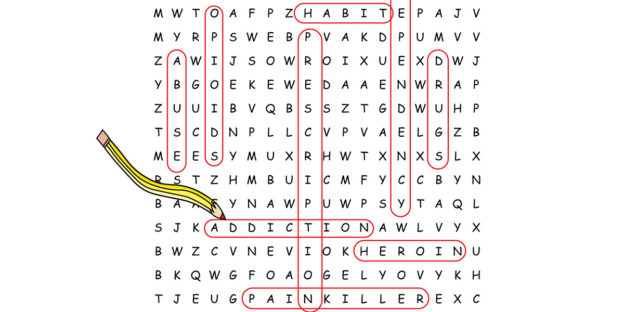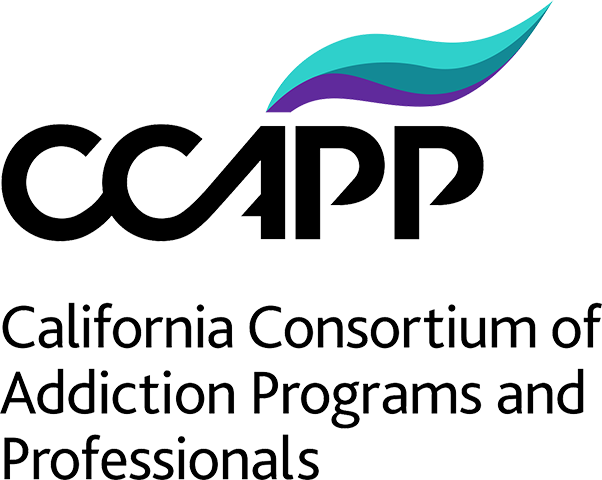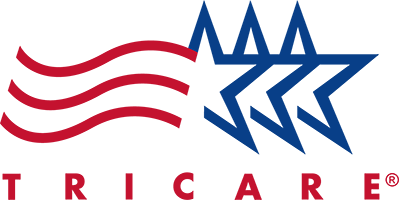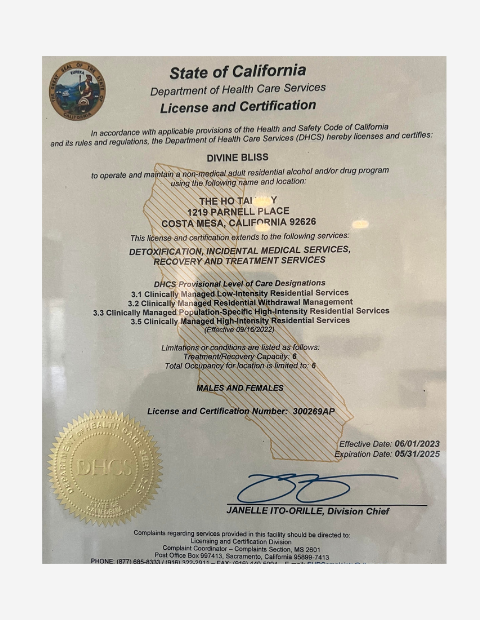Working in residential treatment, I witnessed some clients who would find creative ways to go to the doctor or hospital. The tricky part was determining if the client truly needed a doctor or addictive behavior to get medication.
According to the American Association of Addiction Medicine (ASAM), prescription painkillers significantly contribute to heroin addiction. Many who use opioids began with prescription pills then graduated to heroin over time.
ASAM also reported that women are more likely to have chronic pain, be prescribed pain killers at higher doses, and use them longer than men. This means that women are at a greater risk of developing an opiate dependence.
From 1999 to 2010, prescription pill overdose deaths increased by 400% compared to 237% in men over the same period.
From 2010 through 2013, female overdoses tripled from 0.4 to 1.2 per 1,000.
What do These Statistics Mean for Medical Professionals?
- Doctors are a significant contributor to the opiate epidemic. Doctors have become accustomed to prescribing in multiples of 30 to equal a month’s supply. Physicians do not want their patients to be in pain or uncomfortable. Could they prescribe fewer pain pills? They also are in the healing profession because of genuine care for people’s health.
- The culture of reviews and patient satisfaction. Physicians’ bonuses and pay can be tied to patient satisfaction surveys. One bad review can have devastating effects on a doctor. Some, to increase their ratings, will overprescribe. Patients are not qualified to rate their care per se. Doctors have the training and education to treat patients and not be concerned about low ratings based on non-medical knowledge.
- Doctors have an essential role in addressing prescription drug addiction. Knowing the signs of drug-seeking behaviors can help doctors intervene and preempt a disastrous and potentially deadly outcome.
What Exactly is Med-Seeking Behavior?
Not all persons exhibit drug-seeking behaviors. Since there is still a significant stigma associated with addiction, care must be used when assessing these behaviors. The goal is not to further stigmatize people. The most commonly abused prescription drugs are opioids, benzodiazepines, stimulants, barbiturates, and other sedative-hypnotic drugs.
Med-seeking behaviors can be grouped into categories.
1. Typical requests and complaints.
- Aggressively complaining about a need for a drug.
- Asking for drugs by name or for brand name drugs.
- Requesting for an increased dose.
- Claiming multiple allergies to alternative drugs.
- Anger or irritability when questioned about symptoms like pain.
2. Inappropriate self-medicating.
- Taking medication more than what was prescribed.
- Hoarding drugs.
- Using a controlled substance for non-pain relief purposes, like to enhance mood.
- Injecting a non-injectable form of the drug, like crushing pills to inject them.
3. Inappropriate use of the general practice.
- Visiting multiple doctors for controlled substances, also known as doctor shopping.
- Frequent calls to the doctor’s office.
- Early doctor visits to refill prescriptions.
- Engaging consistently in disruptive behavior when arriving at the doctor’s office.
- Calling to meet with a specific doctor who prescribes controlled substances.
4. Resistant behavior.
- An unwillingness to consider other or non-drug treatments.
- Frequent, unauthorized dose escalations after being told it is inappropriate.
- Unwillingness to sign a controlled substances agreement.
- Refusing lab work or consultation.
5. Manipulative behavior or illegal behavior.
- Claiming to be on a waiting list for, or unable to afford dental work and needing to manage dental pain.
- Obtaining controlled drugs from family members, including stealing from older relatives.
- Using fake names.
- Forging prescriptions.
- Patterns of lost or stolen prescriptions.
- Selling drugs.
- Obtaining controlled drugs from illicit sources.
6. Other typical behaviors
- Being more concerned with the prescription than with the medical condition.
- Reduction of home life, work, or social activities because of adverse drug effects.
What if I Don’t Use Controlled Prescriptions? I Only Use Vitamins
Can this behavior also apply to vitamins or other non-narcotic pills? Absolutely. The defining factor is the behavior associated with vitamins or non-narcotic medications.
Now that you are sober, your focus might be on improving your physical health. You might begin taking vitamins or other supplements to reverse the damage that drugs and alcohol have caused. Nearly 68% of the population takes vitamins and dietary supplements daily.
Marketing plays a crucial role in supplements. Commercials and ads stress the need for this pill, that tonic, or this powder. The claims are that the specific products will reduce weight, increase muscle, or some other desired quality.
It is possible to overdose on supplements. As a teenager, I took some vitamins because I used drugs and wanted to counter the ill effects. Of course, I thought more is better and took two of each. About 15 minutes later, my hands felt like they were on fire and tingled. I was scared and did not know what was happening to me. I later learned that Niacin can have that effect if it is taken in excess. Fortunately, nothing serious happened.
Can I Become Addicted to Vitamins?
Surprisingly, yes. Typically, it begins innocently by being invested in one’s health. Vitamins are good for us, right? Over time, one might become dependent on supplements. In many cases, a change in diet could accomplish the same thing.
Some have ordered supplements online, demanding more, wanting more, and changing supplement combinations. What about when the mail is slow or late? The behavior is that of addiction expressed with irritability, frustration, and anger.
Underneath it all, what is it that we are hiding from? Could it be that switching from drugs and alcohol to supplements is avoidance of working on the deeper emotional issues? Perhaps, yes. Questions that one might need to ask themselves are:
- What am I afraid of?
- What emotional pain do I still need to work through?
- Am I a friend to myself by engaging in this behavior?
Many other questions might be worth asking to get to the crux of how switching behaviors are detrimental.
Consult with your doctor or nurse about any medications that you are taking. If you are concerned about your behavior by taking pharmaceutical and non-narcotic drugs, contact The Ho tai Way – Recovery for Women. Call our admissions department (714) 581-3974.









